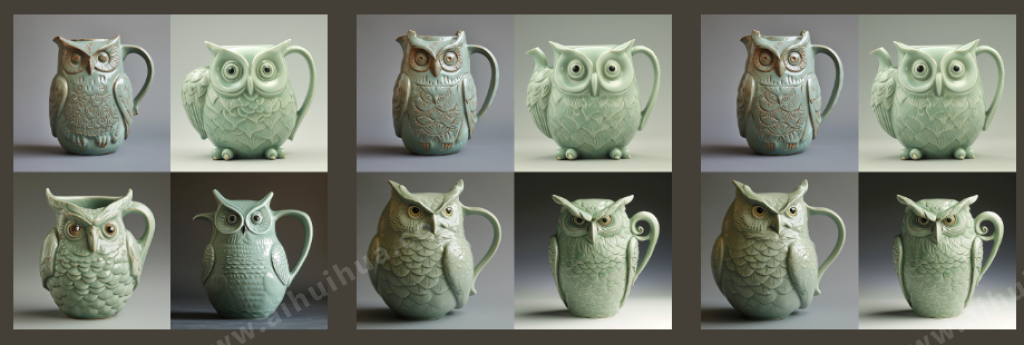Explanation and Example of --seed Parameter
--seed parameter is used to control the randomness when generating images, making the generation process repeatable. Its function is to provide an initial random seed for the image generator of AI painting, so that when using the same prompt words and the same seed value, the generated images will have similar composition and style.
Specific Effects
- Consistency: When you use the same --seed value (e.g., --seed 1234) and generate images multiple times, AI will start from the same random starting point based on this seed value, so each generated image will be very similar in composition and layout. Although not identical, the overall feel will be close.
- Controllability: By setting the seed value, you can later generate works similar to previous images. For example, you can first generate a set of images, then choose a seed value you like to generate a variant with the same composition but different details.
- Experimental Comparison: You can keep the --seed value unchanged and modify other prompt word parameters or descriptions to observe the impact of these changes on image generation without worrying about structural changes caused by randomness.
Example
Qingci owl-shaped water vessel --seed 12345

- - Prompts Examples for Various Industries
- - Explanation and Example of v Parameter
- - Explanation and Example of ar Parameter
- - Explanation and Example of s Parameter
- - Explanation and Example of q Parameter
- - Explanation and Example of --seed Parameter
- - Explanation and Example of c Parameter
- - Explanation and Example of tile Parameter
- - Explanation and Example of niji Parameter
- - Explanation and Example of no Parameter
- - Explanation and Example of iw Parameter
- - Explanation and Example of sref, sw Parameters
- - Explanation and Example of cref, cw Parameters
- - How Beginners Can Generate Satisfactory AI Works Based on Reference Images